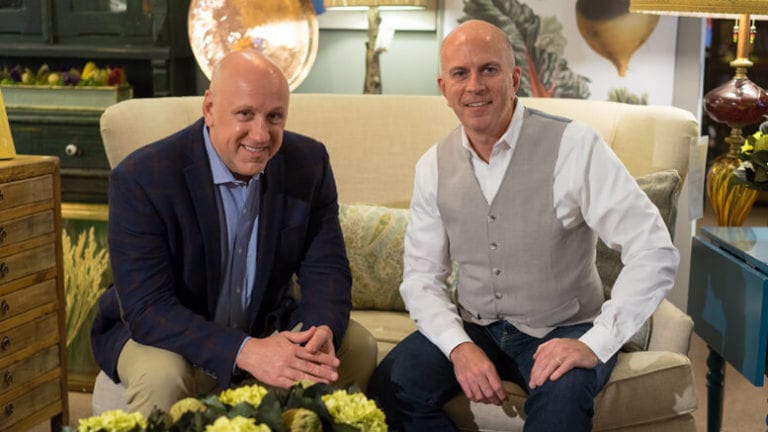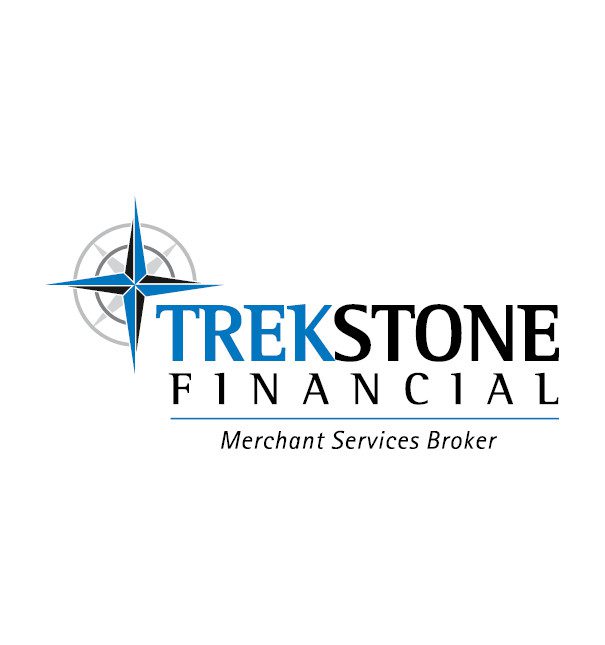…and other retail challenges
In a two-year study in conjunction with the Home Furnishings Association, we asked furniture retailers to state their top challenges. The results support what I’ve heard from our performance group members as well as consulting clients, with just six challenges making up the majority (more than 77 percent) of the issues faced by retailers.
In this article, I’ll discuss the first three challenges and propose some ideas to confront them. I don’t have all the answers and I don’t believe anyone does. I do believe though, that to do nothing, is the worst course of action. For businesses to progress, they must continually explore ways to advance by getting out of their comfort zones and testing new ideas.
#1 Challenge: Good People
I’ll spend the most time on the biggest challenge that retailers express: Finding good people. Any business, especially those servicing public customers, lives and dies by the interactions it has over time with those who buy their products and services. Given two businesses with similar products and consumer traffic, the one that will perform better will always be the one with better people.
That being said, when business owners comment about needing “good people”, “better people” or “quality people”, I want to ask, “What does this really mean? What makes one person truly better than another?” I believe a business that just states this common challenge without digging deeper and coming up with possible solutions is just complaining. It’s frustratingly complicated, and part of why the industry as a whole can never seem to solve this challenge. I also find it curious that often, when the same people are asked about what makes them successful, they claim it’s because of their people.
To generate some productive solutions to the people challenge, I’ll give you a brainstorming exercise to try. Between you and your team get a bunch of sticky notes and come up with as many answers and ideas to the following:
- Describe: The attributes of good people.
- Answer: What do these types of people want?
- Answer: Where do these people work now?
- Figure out: How can we give these people what they want?
- Figure out: How can we meaningfully connect with these people?
After going through this brainstorming session, first compile like answers, then come up with a target people profile, and finally commit to a strategy to make it happen.
Here’s a client’s profile of their ideal person, for example:
- Happy, immediately likeable, extroverted people
- Liked to learn new things
- Were ok with working weekends
- Seemed stable in their life
- Wanted to grow their income
- Were optimists
The retailer speculated that these types of people wanted to work for managers who were professional, communicative and able to give productive advice in a way that wasn’t overbearing. These “good people” also wanted to work with other people like themselves because they thought life was too short to be around miserable cohorts. Lastly, of course these people wanted to be paid well and receive full health, vacation and retirement benefits.
The retailer understood that these quality people were, for the most part, already working somewhere else and happy, because if they weren’t they would have moved on. This made the plan to find and attract these people even more challenging. But the lack of a plan was also a plan to fail, so this retailer pushed forward. They came up with a way to fund the extra benefits needed to attract good talent through gross margin improvements, and they upped their commitment to bettering their corporate culture.
The retailer had their marketing agent target candidates directly through social media rather than using a blanket job opening approach. They also used their connections with customers to assist in their search.
The most important takeaway here with the biggest industry challenge is: You must have a strategy and it must be continual and modified as needed. The problem many business leaders have is actually bigger than this challenge: They know it’s an issue but don’t give it the time or resources necessary to fix it.
#2 Challenge: Managing Inventory
In retail, inventory is the biggest asset that’s constantly changing. It’s the life-blood of the business. It’s what can be sold to make a profit. Carrying too much of it and/or having a poor product mix can lead to poor sales, decreased margins and a lack of cash to support operations. Carrying too little of it with unattractive merchandising can lead to the same, negative results. Successful inventory management is about maintaining the best balance of dollar value and product mix.
I’ve written extensively on this subject in the past and will give you some basic points here for dealing with this challenge and seizing the prize that solid inventory management delivers:
- Have a firm understanding of your business model with regards to your mix of merchandise on display, back-up stock, special order and custom items, quick-ships and container product and expected overall gross margin and turn rate.
- Decide on your acceptable range of inventory value to projected sales volume.
- Use an open-to-buy system that keeps you in your range.
- Use an inventory reduction system to identify and liquidate dog inventory fast.
- Use systems that deliver to capacity quickly.
- Use systems to enable frequent and quick display of new merchandise.
- Use a merchandise line-up system to find gaps and opportunities in price points.
- Use systems to allow for a 99.9% accurate inventory.
- Do not compromise on quality of display in both physical and digital showrooms.
- Continually track and analyze performance of vendors, categories and items.
#3 Challenge: Declining In-Store (Brick-and-Mortar) Traffic
This challenge is actually the number one excuse I get when sales are down. Poor customer traffic is often to blame. The trouble with this is that often it’s either unproven or nothing is done about it. When someone tells me sales are down, or up, my response is “why”? In order to affect something, you need to measure it. If sales are down due to traffic, prove it. Many retailers use a visual counter to really know. All too often I’ve seen sales underperform because the showroom was not properly covered by the appropriate number of salespeople to serve the customer.
A visual counter enables true closing ratios and revenue per customer, and enables you to determine proper staffing levels. Combined with a CRM system, it assists in the training and development of the salesforce. Without visual counting and CRM systems you’re flying blind.
That said, I believe that in many markets (but not all) there’s a decline in brick-and-mortar traffic. This is due to what’s called the stay-at-home economy. Consumers are spending more and more time at home doing everything online in the cloud: shopping, ordering food, watching Netflix, gaming, working, studying, banking, booking travel, posting, researching—you name it. They seldom go out just to shop and this pattern will only continue. People either make their purchase online or visit a brick-and-mortar store with their research largely done.
If you agree with what I’m saying, no matter how good you are already, you should think about improving by:
- Producing an in-store selling system that recognizes this and embraces this as a way to allow for better customer/salesperson engagement.
- Growing your digital traffic to augment declining in-store traffic and sell online.
- Tracking both digital and in-store traffic, where the traffic came from, and what the traffic is doing.
- Becoming more professional in digital customer engagement.
Big companies such as Apple, Amazon, Tesla, Walmart, UPS and Ashley are blurring the lines of on- and offline worlds. Small independents are hiring talent that specialize in connecting brick-and-mortar to the digital world. There is one converging market now. Forget championing the battle between mortar versus digital.
It’s all the same vie for consumer attention. Consumers have decided what they want, and that’s everything in one—the omni-channel experience.
In the next issue, I’ll discuss the next three challenges expressed by retailers: Internet competition, sales management and growing local competition.












